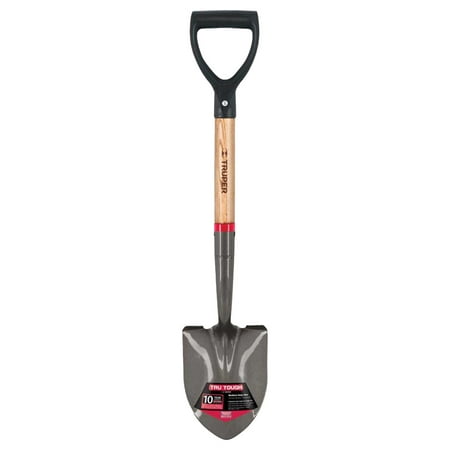Can you plant bulbs too deep? Avoid this common mistake to guarantee brilliant spring flowers
Ensure you plant at the right depth for healthy tulip and daffodil blooms in your yard next year
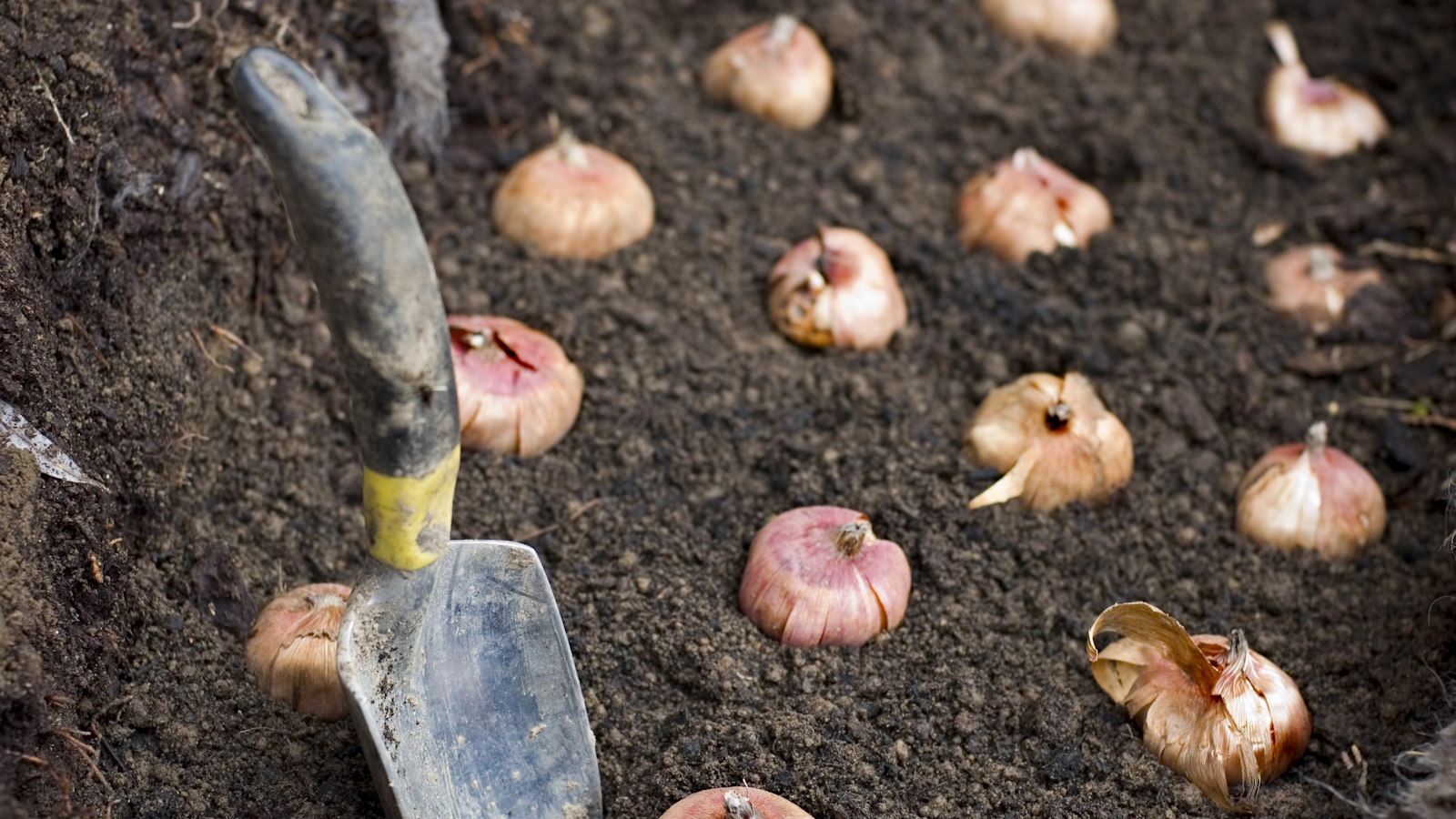

Planting bulbs is one of the easiest ways to fill your yard with color. Whether you are a fan of tulips or have a love of daffodils, bulbs are typically the first flowers to open in borders and pots, bridging the gap before summer annuals and perennials jump into action.
If you're wondering 'can you plant bulbs too deep', the short answer is, yes. One of the most common mistakes gardeners make is planting bulbs at the wrong depth, which can damage the bulb and lead to disappointment when blooms fail to emerge. Knowing how to plant bulbs is important, and while this is a simple process, there are key rules to follow.
So, if you want to find out how deep to plant bulbs without going too far into the soil, our guide has all the information you need. We explore why bulb planting depth matters and the techniques to follow to get your approach just right.

Can you plant bulbs too deep?
When thinking about how to plant bulbs, it is important to get the planting depth correct so the bulb has the best chance to succeed. While this might feel unnecessary or too scientific, planting at the wrong depth is a common bulb-planting mistake.
Taking the time to plant at the right depth is proven to have the best results. Too shallow, and your bulbs will be eaten by hungry squirrels or mice. Too deep, and they may rot, bloom too late or not at all.
How deep is too deep when planting bulbs?

Planting spring bulbs too deeply can damage the bulb and in some cases, stop them from flowering. The general rule is to plant bulbs at a depth of two to three times their size.
If you are planting tulip bulbs, for example, that typically measure one inch in diameter, you want to aim to get them around two to three inches deep in the ground. Another example is planting snowdrops, which typically have smaller bulbs when compared with tulips. If they measure around half an inch in diameter, then aim to get them around one to two inches deep in the ground.
If you plant bulbs too deep, this can mean that they either flower later in the season or do not flower at all. This is because the bulb has to expend a significant amount of energy simply to reach the surface. While most bulbs will be forgiving if you plant them slightly deeper than the general guidelines, avoid making any dramatic variations from the recommended rules. In addition, the further you dig, the wetter the soil will be, and planting a small bulb in saturated ground can have disastrous consequences and result in bulb rot.
Another example is planting daffodil bulbs that measure one inch in diameter. As mentioned above, it is best to plant them at a depth of two to three inches of their size. There is no need to plant them at a depth of seven or eight inches, and this will only damage the bulb. Save time and energy, both for yourself and the bulb, and stick to the recommended planting depth.
There are a handful of species that have different requirements, so it is always good to do your research on the recommended planting depth for specific bulbs. For example, imperial fritillaries are large bulbs, typically measuring three or four inches in size. In my experience, getting these as deep as possible in the ground, around 10 to 15 inches will ensure that these bulbs survive the winter months. In addition, snake's head fritillaries can be planted at a depth of five times the size of the bulb, which can help to keep these smaller bulbs safe and out of reach from problem pests.
Within reason, most bulbs will exhibit a degree of resilience and tolerate a range of planting depths. However, it is always best to do your homework and plant at a suitable depth for the species, thereby guaranteeing bulb health the following year.
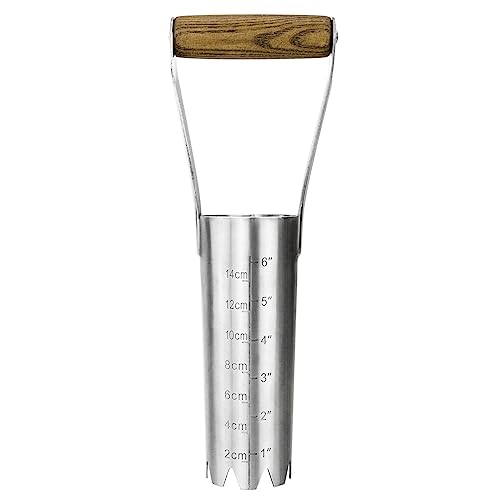
This bulb planter auger comes with measurement engraving, helping you to plant to the right depth in your yard.
Tools to help get the depth right
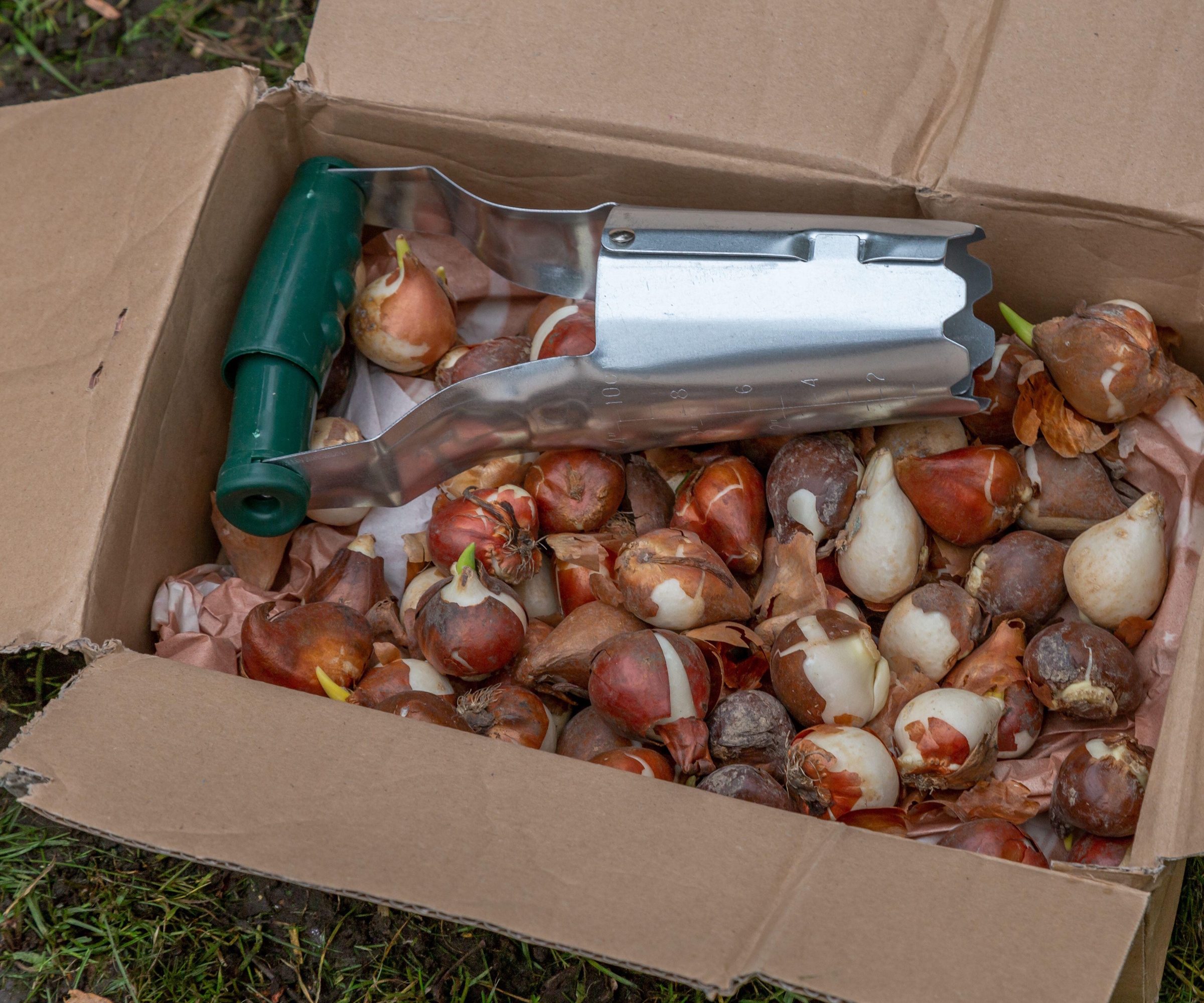
So, once you have a rough idea of how deep to plant your bulbs, having the right gardening tools can help to get the job done.
'When planting hyacinths, tulips or daffodils in my yard, I tend to use a bulb planter, also known as a bulb auger, with engraved measurements,' says Rachel Bull, head of gardens at Homes & Gardens. 'These are readily available and in my experience, really make the job that much easier.' Bulb augers are available from Amazon.
'Simply measure the planting hole as you work to make sure you have your levels right,' Rachel says. 'While it doesn't need to be an exact science, having this measurement allows you to plant with confidence that you are sticking, approximately, to the recommended depth.'
Many hori hori knives also have engraved measurements that can be handy to refer to when digging smaller holes for miniature bulbs. Hori hori knives are available from Amazon.

Rachel is a gardening editor, flower grower and floral designer. Her journalism career began on Country Living magazine, sparking a love of container gardening and wild planting. After more than a decade writing for and editing a range of consumer, business and special interest titles, Rachel became editor of floral art magazine The Flower Arranger. She then trained and worked as a floral designer and stylist in London for six years, before joining the Homes & Gardens team.
FAQs
How deep should I plant bulbs in pots?
Planting bulbs in pots is slightly different when compared to planting in the ground, as you have far less space. While you must be careful when spacing bulbs in pots, you also want to stick to the general depth rules as set out here, usually planting tulip, daffodil and hyacinth bulbs at a depth of two to three times their size. Be sure to use a larger pot for larger bulbs, and protect your pots using chicken wire or holly foliage to deter pests.
While we have answered the question: can you plant bulbs too deep, you must also be careful not to plant bulbs too shallow. If you plant bulbs too close to the surface, squirrels, mice and deer can easily ruin your hard work.
What's more, cold weather can also damage bulbs planted too close to the surface. Getting the balance just right is, therefore, crucial. For more bulb planting advice, see our guide on deer-resistant spring bulbs.
Sign up to the Homes & Gardens newsletter
Design expertise in your inbox – from inspiring decorating ideas and beautiful celebrity homes to practical gardening advice and shopping round-ups.

Thomas is a Content Editor within the Gardens Team at Homes and Gardens. He has worked as a professional gardener for both public spaces and private estates, specializing in productive gardening, growing food and flowers. Trained in Horticulture at the Garden Museum, he has written on gardening and garden history for various publications, including The English Garden, Gardens Illustrated, Hortus, The London Gardener and Bloom. He has co-authored a Lonely Planet travel book, The Tree Atlas, due out in 2024.
-
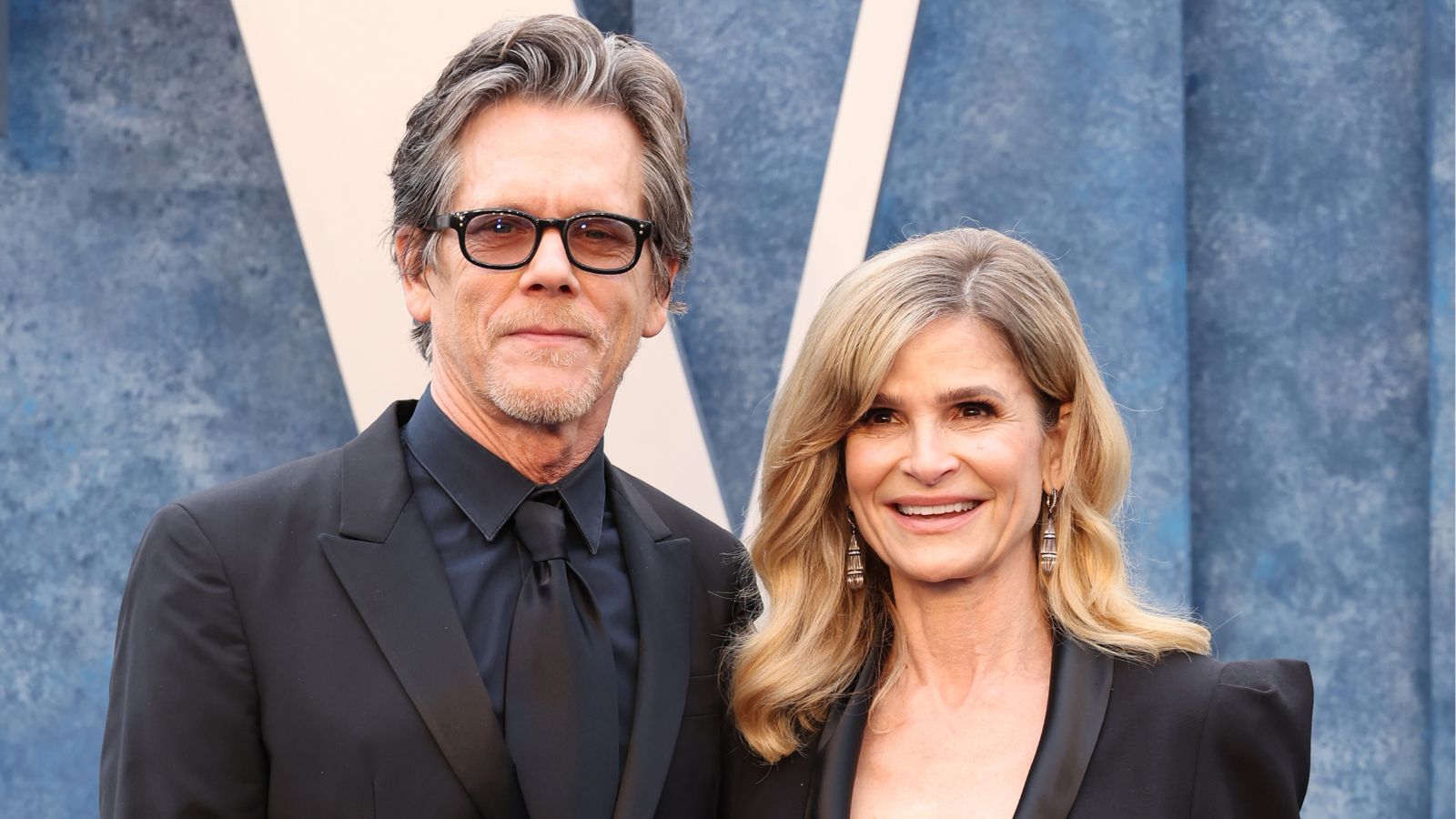 Kevin Bacon and Kyra Sedgwick's rustic kitchen island is stunning, but controversial – designers say you can get the look without the hassle
Kevin Bacon and Kyra Sedgwick's rustic kitchen island is stunning, but controversial – designers say you can get the look without the hassleA popular material finds an unorthodox home in the couple's kitchen, but experts disagree on whether it should be used – here's how to do it instead
By Sophie Edwards
-
 How to grow grapefruit for homegrown sweet and tangy, highly nutritious harvests – a fruit tree expert shares their planting and care tips
How to grow grapefruit for homegrown sweet and tangy, highly nutritious harvests – a fruit tree expert shares their planting and care tipsFrom planting to harvesting, this is all you need to know about grapefruit trees
By Drew Swainston
-
 7 native perennials to plant in April – for glorious flowering displays to attract bees, butterflies, and hummingbirds
7 native perennials to plant in April – for glorious flowering displays to attract bees, butterflies, and hummingbirdsDiscover some of the best perennials to plant in April to make your garden a hotspot for wildlife
By Drew Swainston
-
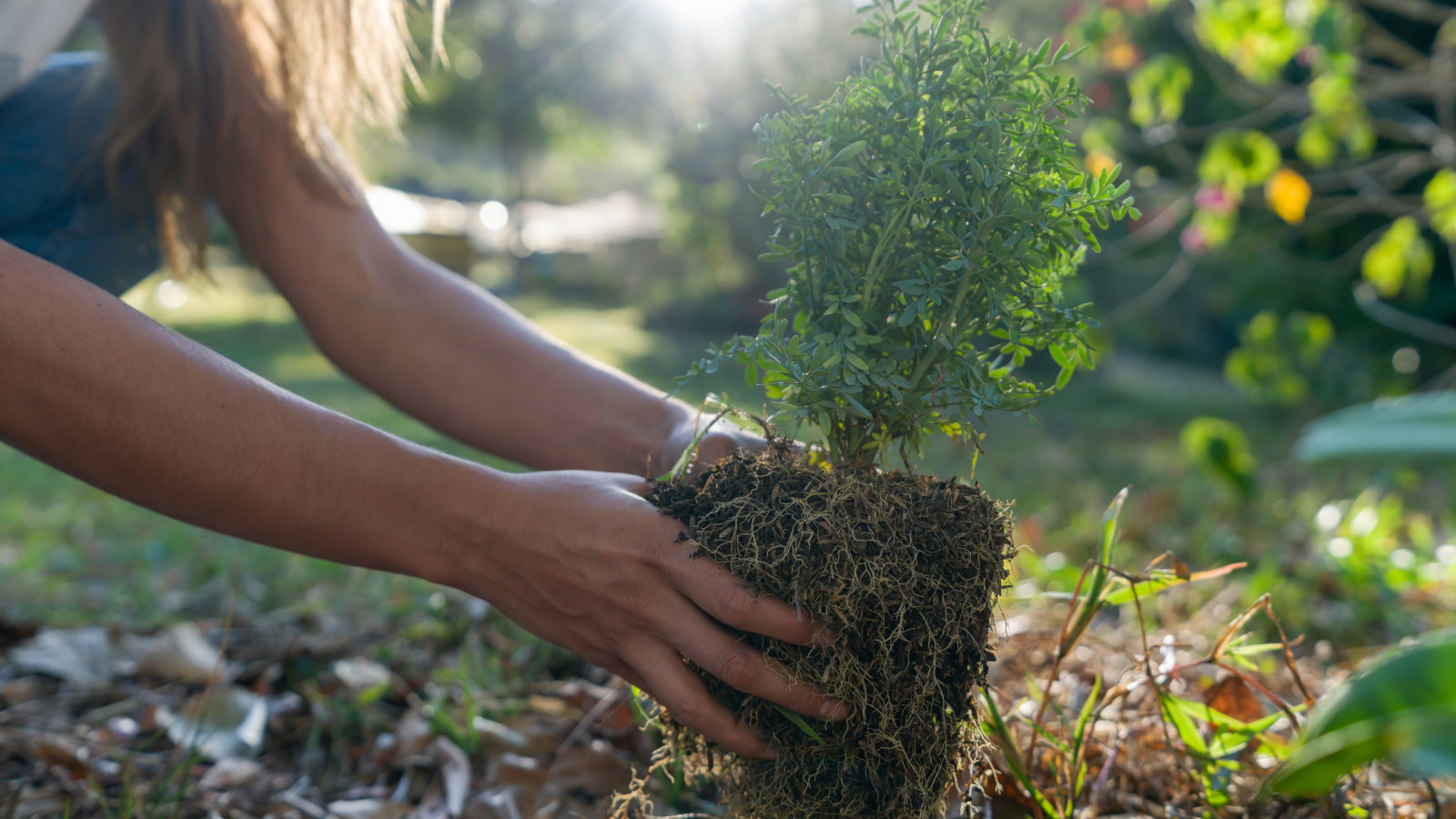 7 shrubs to plant in April to transform beds and borders – including native plants and bushes suitable for dry or wet spots
7 shrubs to plant in April to transform beds and borders – including native plants and bushes suitable for dry or wet spotsThese shrubs can bring flowers, texture, and fragrance, as well as attracting beneficial insects and birds
By Drew Swainston
-
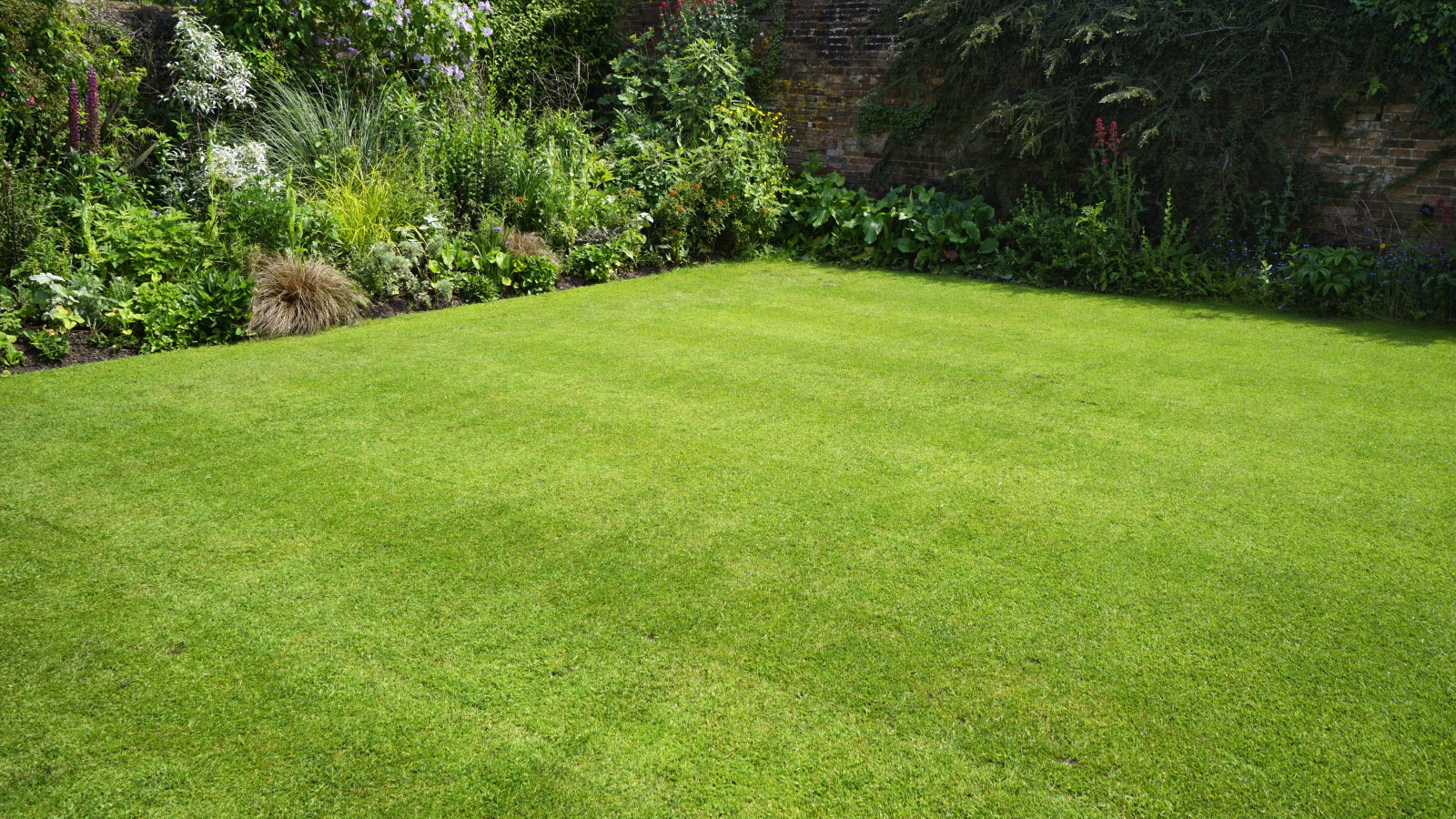 I'm a lawn care expert, and always do these 7 jobs in April to ensure thick, green grass all summer long
I'm a lawn care expert, and always do these 7 jobs in April to ensure thick, green grass all summer longTransform your lawn with these simple yet highly effective April lawn care tasks
By Drew Swainston
-
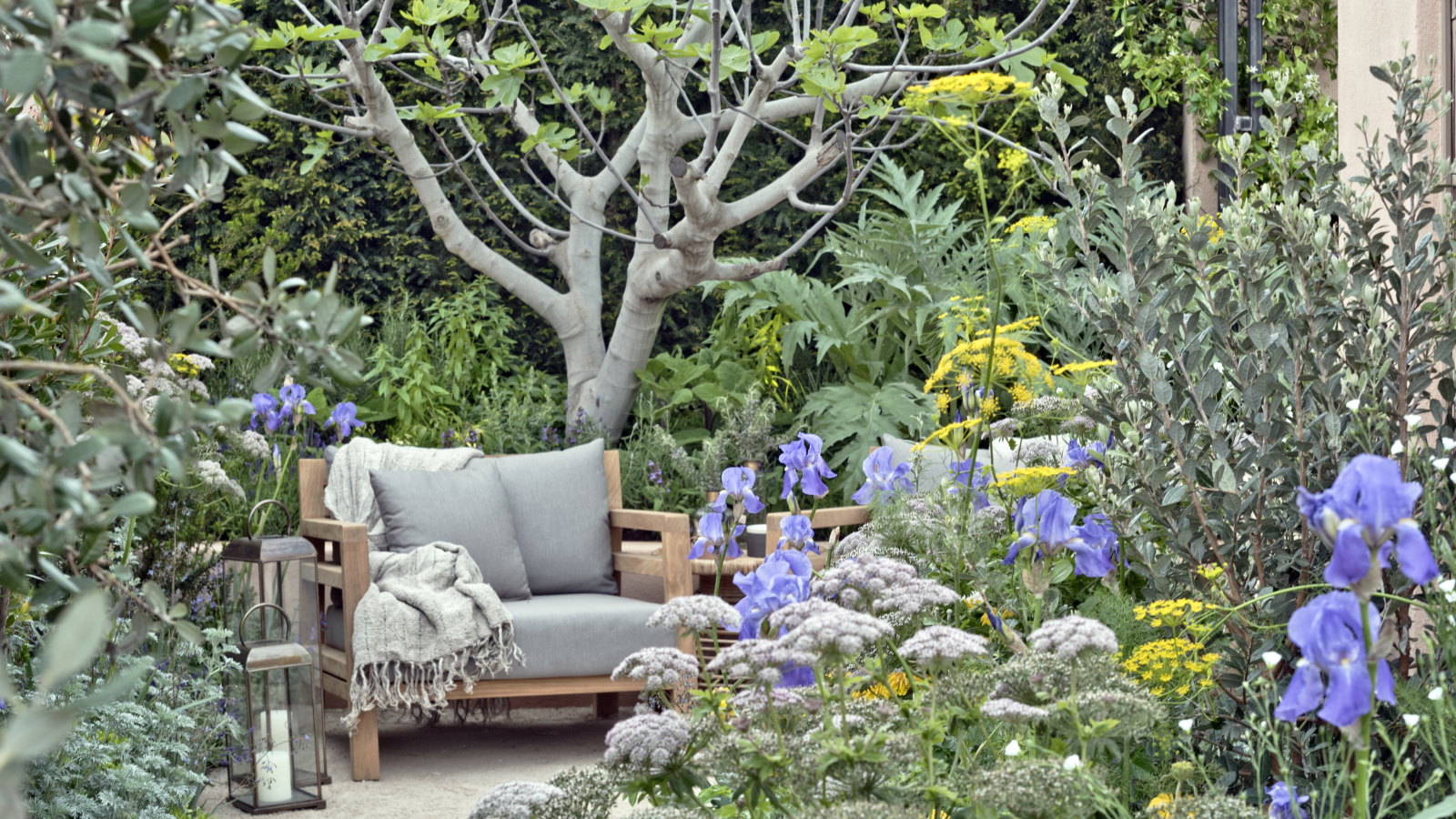 Horticulturists urge you to prune these 7 plants in April – for healthy growth and better-than-ever flowering displays
Horticulturists urge you to prune these 7 plants in April – for healthy growth and better-than-ever flowering displaysDiscover a key selection of plants to cut back this month, with expert pruning advice
By Drew Swainston
-
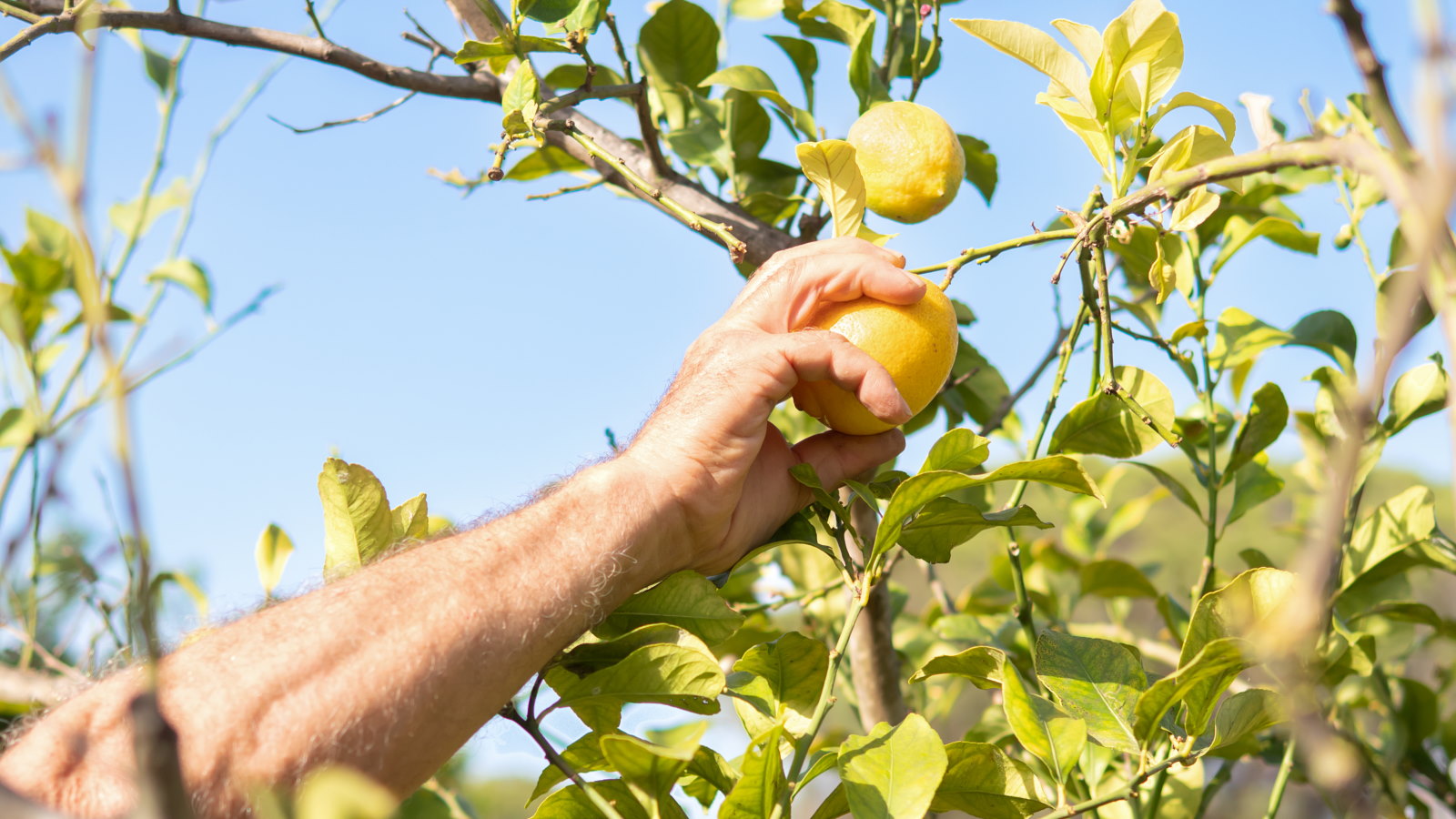 7 fruits to plant in April for years of tasty homegrown harvests, plus expert planting tips
7 fruits to plant in April for years of tasty homegrown harvests, plus expert planting tipsAn exceptional selection of fruit trees and soft fruit can be planted this month
By Drew Swainston
-
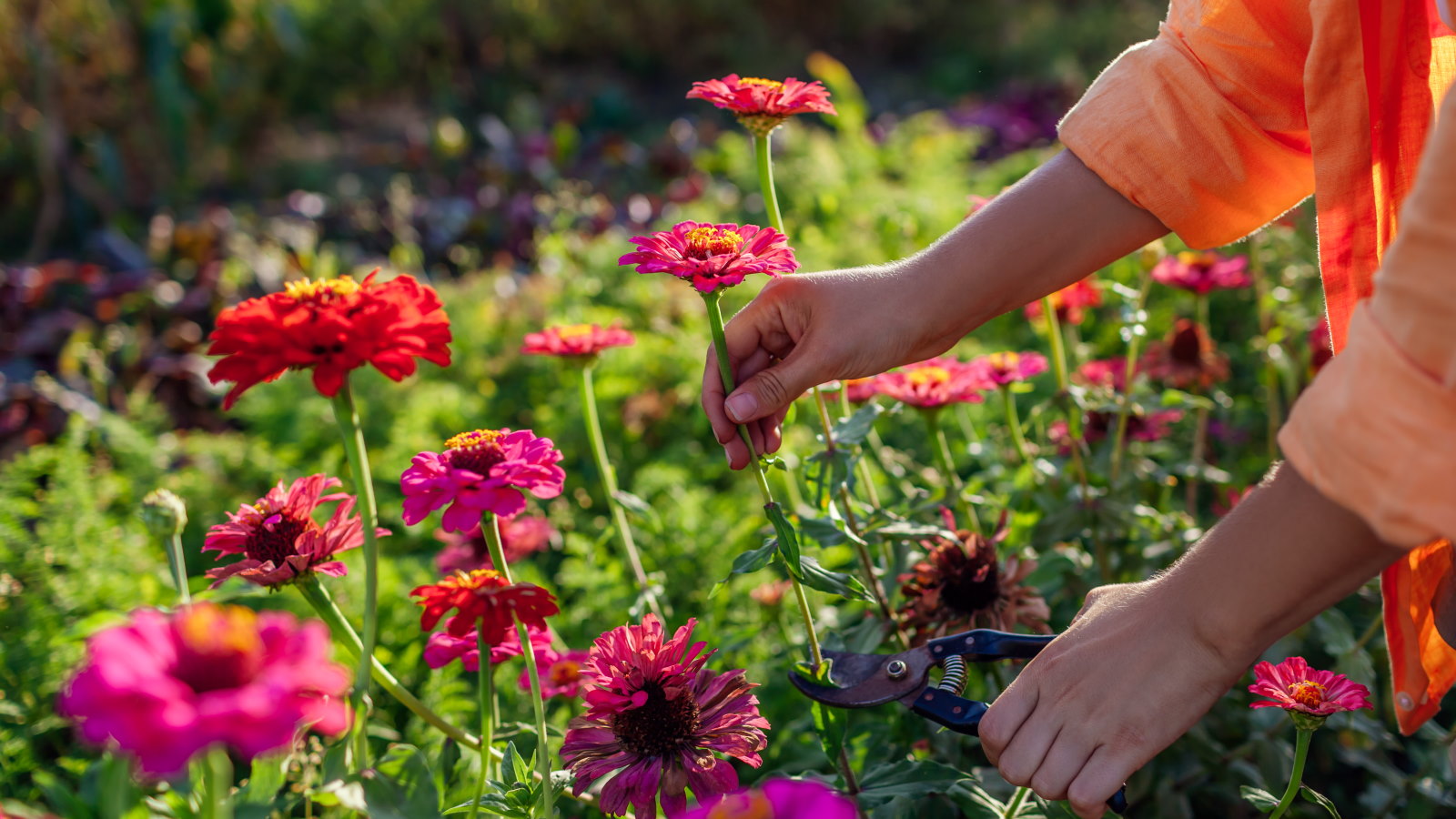 7 dazzling cut flowers to plant in April for bountiful blooms to enjoy in bouquets, vases, and displays this summer
7 dazzling cut flowers to plant in April for bountiful blooms to enjoy in bouquets, vases, and displays this summerDiscover sowing tips from an expert horticulturist
By Drew Swainston
-
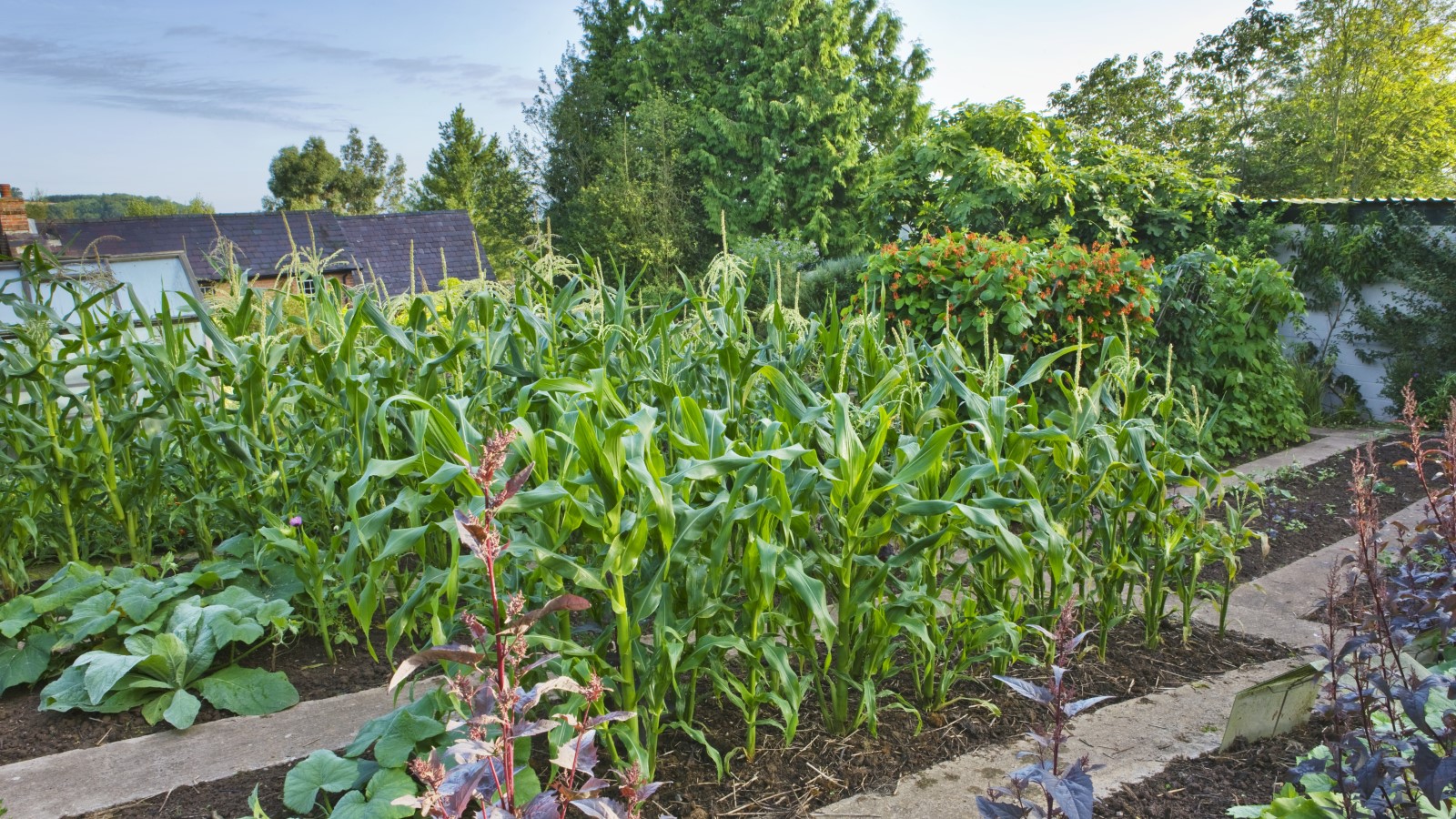 7 of the best vegetables to plant in April, with sowing tips from an experienced grower for bumper harvests
7 of the best vegetables to plant in April, with sowing tips from an experienced grower for bumper harvestsFrom broccoli to zucchini, April is a fantastic time to plant a wide range of vegetables
By Drew Swainston
-
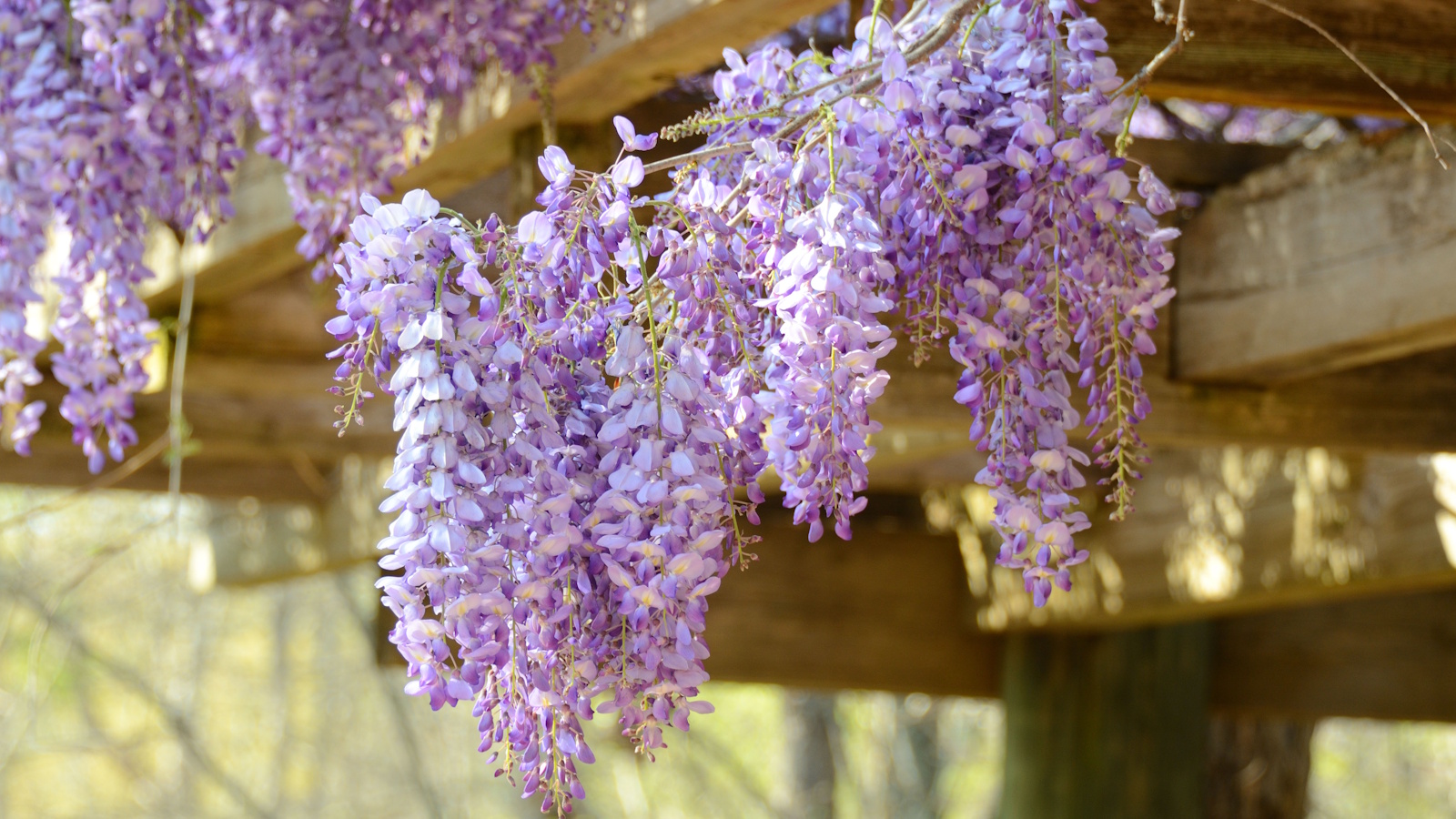 Best fragrant spring-flowering perennials – 5 charming choices to infuse delightful scent in your yard this season
Best fragrant spring-flowering perennials – 5 charming choices to infuse delightful scent in your yard this seasonSpring is full of so many beautiful aromas, uplifting our yards and making them an even more pleasant place to be
By Tenielle Jordison
